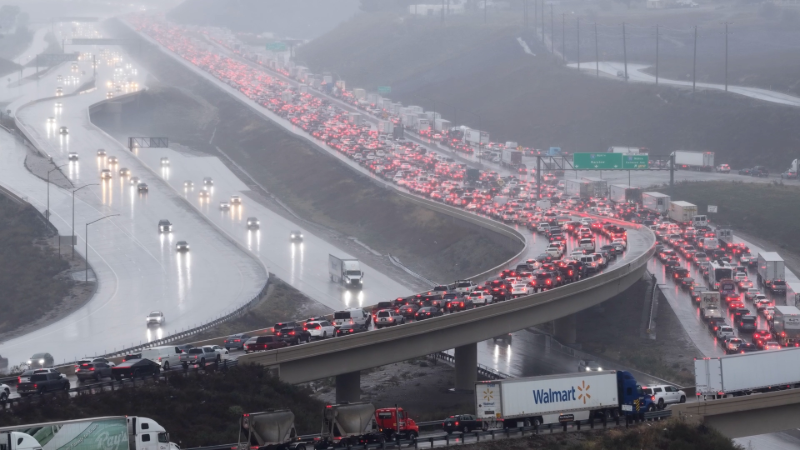What are Climate Forcings?
Climate forcings are different factors that affect the Earth's climate. These "forcings" drive or "force" the climate system to change, according to NOAA.
There are natural forcings and man-made forcings.
Climate scientists use various proxies to determine how these forcings have changed over time.
Some examples of climate forcings.......
--changes in the energy output of the sun. --changes in the atmospheric concentration of greenhouse gases. --volcanic eruptions. --Aerosols.
Using current global climate simulations, NASA GISS shows in the image below the changes in effectiveness of the main radiative forcings since 1880.
Image courtesyof NASA GISS.
As you can see, greenhouse gases are shown to have the greatest sustained positive forcing on the climate system. Stratospheric aerosols from volcanic eruptions can also have a strong, negative cooling influence, but it is very short term.
Also note the small influence of solar irradiance changes since 1880.
The indirect cooling impact of the release of man-made aerosols is also having a significant impact.
That NASA GISS image below shows the overall Net Forcing since 1880, and you can clearly see the trend toward the positive, which is clearly due to the increasing amount of well-mixed greenhouse gases into the Earth's atmosphere.
Report a Typo















